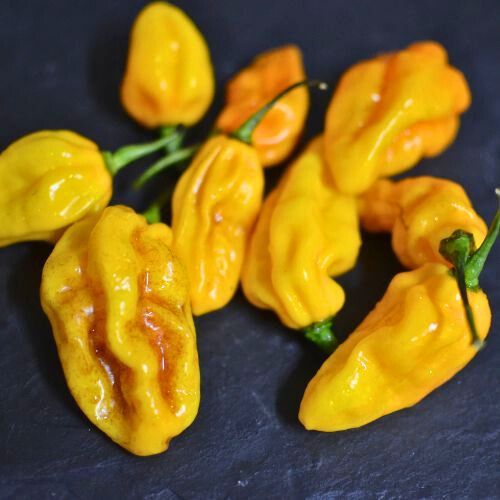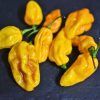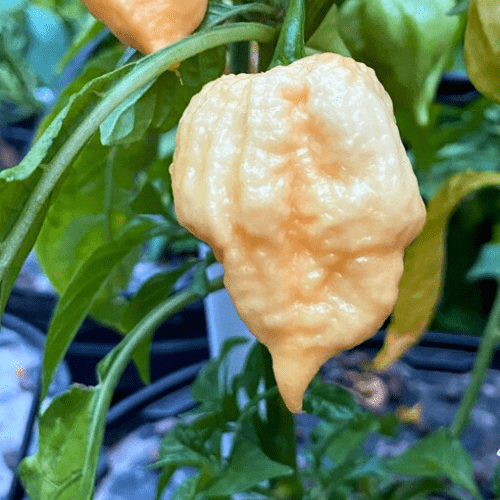Position
As a home gardener, you play a crucial role in the thriving of your chilli plants. These tender and heat-loving plants require a minimum of 6 hours of direct sunlight each day. Your understanding of this will empower you to create the ideal conditions for your chillies, fostering a sense of responsibility and engagement in your gardening journey.
Choose a warm, sheltered position, especially if you live in a cooler climate.
Soil
Well-drained soil enriched with organic compost. Add organic matter such as compost to improve soil drainage and ensure good soil structure for root development. Adding half a bag of our Volcanic Rock Dust (R25 per bag) and a bag of Superfrass (R25 per bag) will assist in rapid growth. They also protect the roots from insects.
Watering
Chilli plants are susceptible to waterlogging, despite requiring regular watering.
A good rule is to water when the top inch or two of soil feels dry to the touch.
Chilli plants lose water through pores in their leaves. This water loss influences how much water their roots draw from the soil. In low-humidity conditions, plants risk wilting if water is lost from the leaves faster than it is replaced by root absorption. If plants dry out too much, they may drop their flower buds. This underlines the importance of following the watering guidelines, making you a cautious and attentive gardener.
Mulching
Add a thick layer of pine bark mulch, keeping it approximately 5 cm thick, away from the tree trunk (any closer may cause excess moisture and damage the trunk). This mulch helps retain moisture in the soil, prevents weed growth, and provides a protective layer for the roots.
Fertilising
Apply 1 teaspoon every 4-5 months of our slow-release nitrogen-rich all plant fertiliser. The roots will absorb what they require. During fruiting feed with a potassium-rich fertiliser.
Pruning
Prune in winter (dormant season) to remove dead wood and shape the bush. Train as an open centre (vase shape) for good light penetration and air circulation.
Practice good garden hygiene (remove fallen fruit and leaves).
Pests & Diseases
Aphids, red spider mites, grey mould, and fruit flies may damage or sting ripening fruit. Agricultural Neem Oil or Effective Microorganisms (EM Control ) will assist in either prevention or after the fact. If you already have aphids or mites, wash the tree with a harsh hosing, and when dry, spray with Neem oil or EM Control.
Harvesting:
Pick yellow chillies when the pods are bright yellow in colour and the weather is still warm. Regular picking will encourage the plants to produce more fruit.
You can harvest and eat immature chillies, but they may be milder in flavour.






